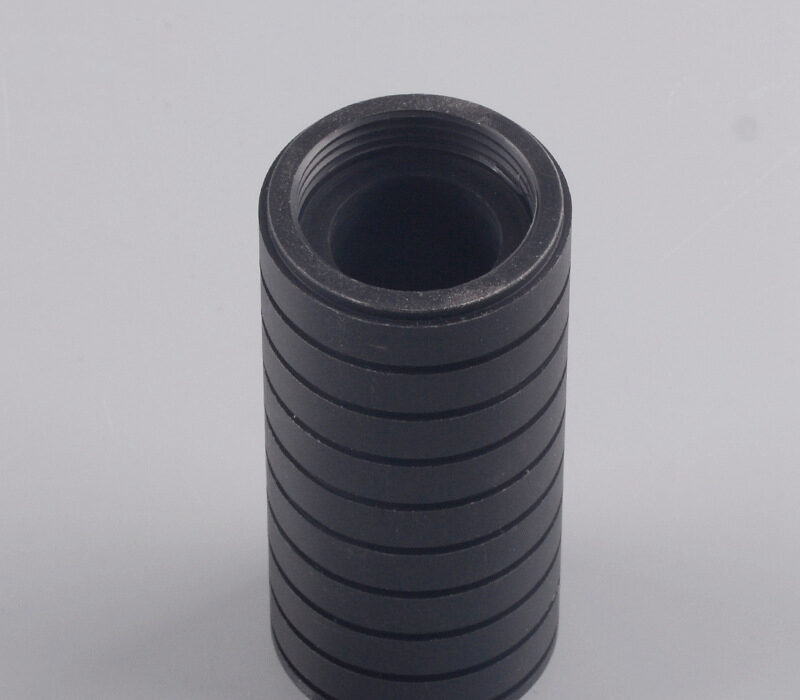The durability of the die of plastic mold parts is closely related to the failure of the die. The failure of the die is that the die loses its original design efficiency due to changes in the structural shape, size and material organization of the die parts during use. The die can be considered invalid when the structure has serious defects and can no longer be used or although it can work but cannot complete the specified function. The later the failure occurs, the higher the durability of the die.
The durability of the die is very important in production. The higher the durability of the die, the longer the service life of the die, and the lower the cost of the parts. The structure of the die is the key to the durability of the die. Unreasonable structure is likely to cause poor rigidity and uneven wall thickness distribution, and surface defects (such as surface oxidation, decarburization, cracks, scars) will affect the performance of the material and cause early failure of the die . Choosing the right die material can prevent early die failure. Inclusions in the mold parts cause cracks in the die and cause brittle fracture. In further heat treatment and use, the cracks further expand and cause the die to crack. When the steel is hot-worked and annealed, the decarburized layer sometimes remains after re-machining. Due to the different structure of the inner and outer layers, the cooling rate of the heat treatment is inconsistent, resulting in cracks and cracking of the die.
1. Wear resistance
When the blank is plastically deformed in the mold cavity, it flows and slides along the surface of the cavity, causing severe friction between the surface of the cavity and the blank, resulting in the failure of the mold due to wear. Therefore, the wear resistance of the material is one of the most basic and important properties of the mold.
Hardness is the main factor affecting wear resistance. In general, the higher the hardness of the mold parts, the smaller the amount of wear and the better the wear resistance. In addition, the wear resistance is also related to the type, number, form, size and distribution of carbides in the material.
2. Strong and tough
Most of the working conditions of the mold are very bad, and some often bear a large impact load, which leads to brittle fracture. In order to prevent the mold parts from being brittlely broken during work, the mold should have high strength and toughness. The toughness of the mold mainly depends on the carbon content, grain size and microstructure of the material.
3. Fatigue fracture performance
In the process of mold work, under the long-term effect of cyclic stress, it often leads to fatigue fracture. Its forms are low energy multiple impact fatigue fracture, tensile fatigue fracture contact fatigue fracture and bending fatigue fracture. The fatigue fracture performance of the mold mainly depends on its strength, toughness, hardness, and the content of inclusions in the material.
4. High temperature performance
When the working temperature of the mold is higher, the hardness and strength will decrease, resulting in early wear or plastic deformation of the mold and failure. Therefore, the mold material should have high stability against tempering to ensure that the mold has high hardness and strength at the working temperature.
5. Cold and heat fatigue resistance
Some molds are in the state of repeated heating and cooling during the work process, which causes the surface of the cavity to be pulled and the stress of the pressure changes, causing surface cracking and flaking, increasing friction, hindering plastic deformation, and reducing dimensional accuracy, resulting in Mold failure. Hot and cold fatigue is one of the main forms of hot work die failure. This type of mold should have high resistance to cold and hot fatigue.
6. Corrosion resistance
When some molds such as plastic molds work, due to the presence of chlorine, fluorine and other elements in the plastic, after heating, the strong corrosive gases such as HCI and HF are resolved, eroding the surface of the mold cavity, increasing its surface roughness, and aggravating wear failure.



